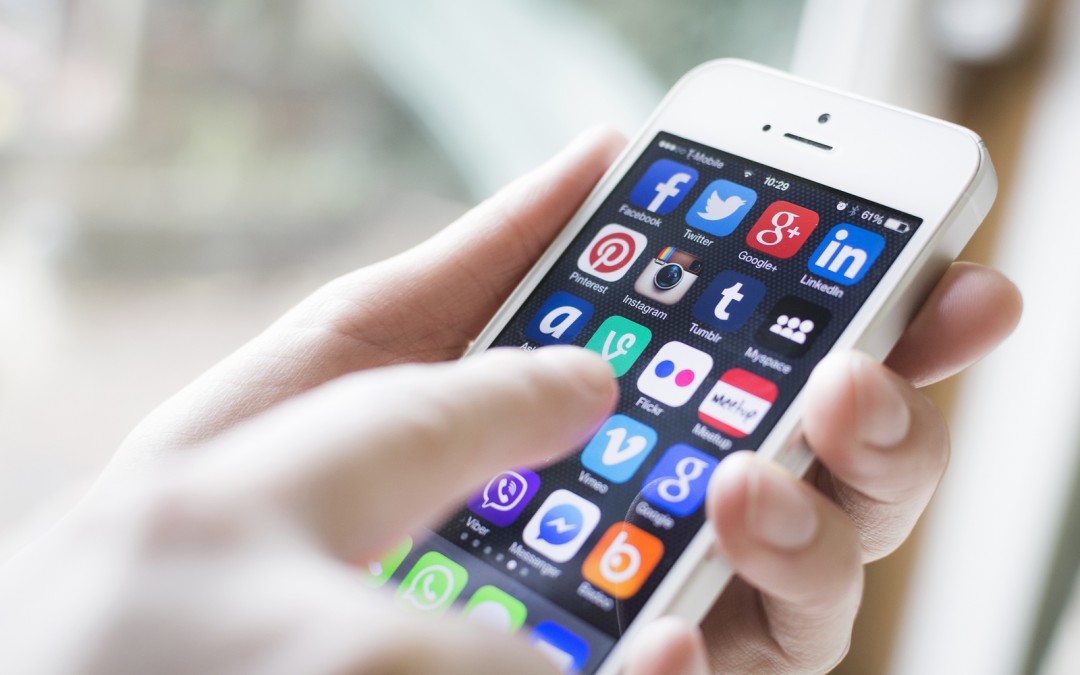
by anton | Apr 18, 2017 |
Recent media coverage suggests that things are not that rosy in our neck of the woods. Challenges there may be, but we shouldn’t lose sight of the many advantages of living in South Africa. So many things work well with the homegrown mobile industry being an excellent example of something world class that we get to enjoy every day. News that the telecoms watchdog in Ireland has received so many consumer complaints that a formal review of the sector is being planned had me thinking about how fortunate are as local cellular users. Apparently, the quality of mobile phone handsets being sold in Ireland is less than satisfactory in many instances. In addition, a country many times smaller than South Africa suffers from patchy cellular coverage that results in dropped calls, weak signals and slow data speeds. Of course, things are not always as clear-cut as they seem. A major reason Irish cellular users are suffering from slow data speeds, apparently, is in fact related to something positive. It’s because video streaming is becoming so huge in developed mobile markets. We’ve mentioned the growing importance of video in mobile marketing several times in this blog. It’s clear that we’ve been on the right track because what happens in overseas mobile markets is sure to make an appearance locally very soon. It’s gone the other way, as well, with prepaid being the best example of a local trend that originated here first. It’s great news that local mobile networks are constantly increasing capacity as companies like InTarget Mobile Advertising work with clients to develop ever more engaging and data-intensive campaigns....

by anton | Apr 18, 2017 |
Those of us who were watching TV in the 1980s probably remember sci-fi shows about bionic humans with all sorts of awesome appendages. From microchips underneath the skin to titanium limbs, the human of the future was indeed a sight to behold. You might say that time has already come! Except, future ideas of arms made of precious metals have been replaced by the current reality of hands holding rose gold cellphones. The mobile phone really has become a superhuman bodily extension that enables us to overreach the limitations of our earthly bodies. So what exactly on the mobile phone enables us to do so much more today than yesterday? One could argue it was initially the phone’s early voice capabilities, followed by email and web functionality that suddenly enabled us to work from anywhere, make travel arrangements on the fly and all the while access Internet banking in a flash to make sure we could pay for our new connected lifestyles! However, mobile browsers are becoming seriously old school as apps built by mobile specialists like InTarget and its partners become the new superhuman, standout feature of the cellphone. A recent survey by eMarketer found that in 2017 most connected adults in developed economies will use mobile apps on their cellphones for at least 2 hours per day. That’s a healthy 10 plus percent increase over last year. Interestingly, what’s also true is that while mobile app usage is increasing, and that’s good news for mobile marketers, the number of apps people tend to use is declining. For anyone who has ever opened a shiny new Android or...

by anton | Mar 20, 2017 |
Many regular blog readers will know that a couple of years ago, Google updated its search algorithms to account for the growing number of people accessing the web from their mobile devices. Essentially, mobile-friendly websites now receive higher rankings that those sites not optimised for the small screen. Investments in mobile make sense, that’s for sure. However, what’s interesting and what’s emerging now – according to recent research – is that we shouldn’t assume mobile users make purchases in the same way they surf the web. Huh? Research documented on US platform Smart Insights indicates that consumers are still making their purchases, for the most part, from computers and not via their smartphones. The numbers seem to suggest that users are happy to use their mobile phones to browse and do basic purchasing research, but many of us are still reverting to our desktops and laptops to seal the deal. So it seems that while users do indeed access the web via Chrome, Safari and other mobile browsers, it is not with the express intent to buy anything. Now, that’s not as scary as it seems for us mobile marketers. This is because this same research referred to above also found that “if you want to capture a mobile market, messaging is still going to be the best way to reach [it] because most people open their text messages…” As we have said before, the beauty of messaging is that messages can be personalised, automated and sent at prescheduled times to literally millions of smartphone and feature phone users. However, the challenge is in composing short SMS or MMS...

by anton | Feb 23, 2017 |
“Pokemon GO gave us a glimpse of the future.” That’s according to the GM for Innovation at leading US mobile firm, Verve. For mobile marketers, the message is that the way Pokemon GO exploded onto the global stage, literally overnight, taught us about mobile users’ willingness to try transacting in the real world based on events in the gaming world. Last year was about coming to grips with the early learnings for marketers inherent in augmented-reality experiences. More knowledge will continue to emerge following the Pokemon GO ‘case study’ of 2016. There is clear consumer interest here and the focus must now be on inventing ways where the industry can leverage what Verve calls “game ad-units”. We need to figure out how virtual gaming experiences that matter to consumers who encounter them in stores and on their screens, can be monetised to the advantage of brands and their agencies. Mobile marketing is ideally-positioned to take advantage of this new phenomenon of the merging of virtual experiences with real-world transactions. This is because we’ve already spent the last few years getting to grips with enabling technologies such as geofencing and the rise of beacons. If we’re talking about the real world, let’s look at a real-world gaming / mobile marketing example. Imagine buying a soft drink when in proximity to a display and a drink brand could prompt the purchasing consumer’s device by rewarding them with a power-up in a game they already play. That’s a tiny taste, or sip, of the potential highly-effective marriage of mobile marketing and gaming. Let’s see how it all unfolds during...

by anton | Feb 13, 2017 |
In this blog, we’ve often written about what could be called the ‘core’ of mobile marketing: personalisation. Mobile marketing both enables greater personalisation of consumer-focused messages, and it is also key to a successful mobile campaign. It is interesting to note, then, an article this week in business bible, Forbes. It says that after analysing millions of mobile interactions, one marketing firm found that “personalised content inside push notifications boosts engagement four times.” This alludes to something mobile marketers are discovering to their great excitement and that is the modern app is smarter than its ancestors. After several years of evolving and fine-tuning, it is now able to effectively personalise content down to the individual user rather than the broad segments that used to form the foundation of marketing theory. With all of the above in mind, here are the top three predictions from Forbes for why 2017 will be the year of the smart app – they make for interesting reading: 1. Smart Apps Will Showcase Predictive Analytics: Predictive analytics will enable apps to anticipate and react to a user’s desires before they’re even expressed. 2. Smart Apps Will Make Chatbots Ubiquitous: In 2017, more brands will be able to serve consumers using conversational interfaces across the app. 3. Smart Apps Will Usher In Mass Adoption Of Automation: Mass blasting your users with generic content is a tired tactic. Instead, forward-thinking marketers are beginning to look at automation in a new light. The final word today belongs to Forbes: “With (personalised) intelligence, mobile-savvy brands can communicate more effectively with...






